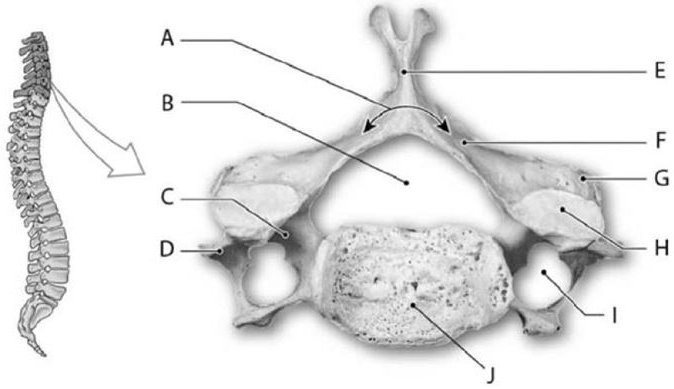Using the figure below, identify the labeled part.

1) Label A: ______________________________
2) Label B: ______________________________
3) Label C: ______________________________
4) Label D: ______________________________
5) Label E: ______________________________
6) Label F: ______________________________
7) Label G: ______________________________
8) Label H: ______________________________
9) Label I: ______________________________
10) Label J: ______________________________
11) Label K: ______________________________
12) Label L: ______________________________
13) Label M: ______________________________
14) Label N: ______________________________
15) Label O: ______________________________
16) Label P: ______________________________
17) Label Q: ______________________________
18) Label R: ______________________________
19) Label S: ______________________________
20) Label T: ______________________________
21) Label U: ______________________________
22) Label V: ______________________________
23) Label W: ______________________________
24) Label X: ______________________________
1) Placenta
2) Umbilical cord
3) Fetus
4) Vagina
5) Cervix
6) Amniotic fluid
7) Uterus
8) Liver
9) Stomach
10) Transverse colon
11) Fundus of uterus
12) Umbilical cord
13) Placenta
14) Urinary bladder
15) Pubic symphysis
16) Vagina
17) Urethra
18) Rectum
19) External os
20) Cervical (mucous
21) Common iliac vein
22) Aorta
23) Pancreas
24) Small intestine
You might also like to view...
Structure B is the

A) vertebral foramen.
B) intervertebral foramen.
C) transverse foramen.
D) dens.
E) lamina.
Alopecia means:
A) hair growth B) crusty skin and pyoderma C) hair loss resulting in baldness D) reddened skin E) benign growth
Which of the following statements concerning the properties of action potentials is TRUE?
A. The rate of propagation of an action potential down an axon is independent of stimulus strength. B. Action potentials can undergo summation. C. A supra-threshold stimulus can stimulate an action potential during the absolute refractory period. D. Action potentials generally propagate from the axon terminal toward the initial segment. E. Increasing the size of a stimulus will increase the amplitude of an action potential.
Which of the following statements are true concerning the first tRNA to bind to a ribosome at the start of translation? check all that apply.
a) it carries one of three possible start codons b) it is called the initiator tRNA c) its anticodon is complementary to the codon AUG (the start codon) d) it always carries the amino acid alanine